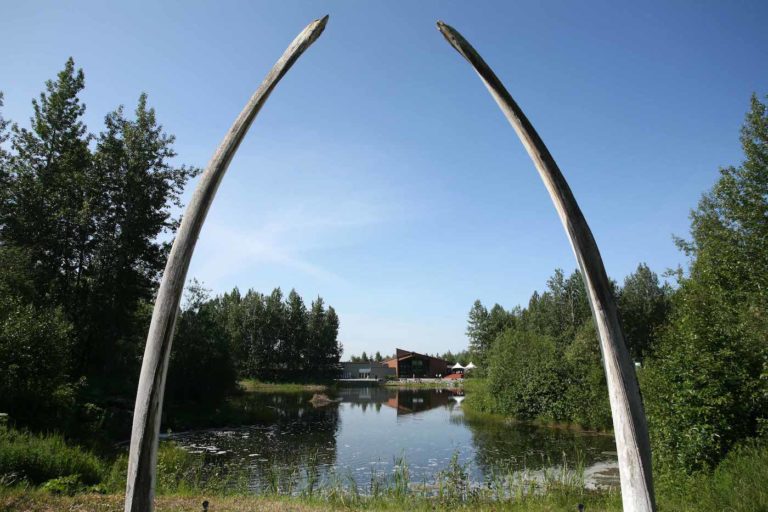A characteristic frequently glossed over in scholarly examinations of the online electronic music genre vaporwave is its use of East Asian cultural imagery in its paratexts. One exception is a piece by musicologist Ken McLeod, who connects vaporwave’s use of visual references to Japanese culture to techno-Orientalism, a term that describes how paranoia around Japanese economic expansion in the late twentieth century manifested in American and European cultural products. This article extends McLeod’s argument to show how the uses and reproductions of East Asian cultural elements in vaporwave serve to reinforce stereotypes consistent with histories of techno-Orientalist representations, particularly with regard to gender. This article elaborates on the anonymous nature of the vaporwave scene to complicate approaches to techno-Orientalist analyses of digital artifacts. In doing so, this essay contributes to the growing body of scholarly literature addressing the roles representation, aesthetics, and affect play in the formation of communities around music genres online.
Keyword: nostalgia
Indigenous Cosmopolitanism: The Alaska Native Heritage Center
The Alaska Native Heritage Center (ANHC) is a living heritage center located in Anchorage, Alaska. Although there are many tourist destinations in Alaska, Denali National Park for example, Anchorage should be thought of as the cosmopolitan center of Alaska, its largest and most populous city. The Alaska Native Heritage Center is an expansive site with indoor and outdoor components focusing on history and contemporary culture. The Heritage Center was initiated and curated by Alaska Natives as opposed to anthropologists or historians. The site as a whole can thus be understood as authored by Alaska Natives. The visitor experience, story of the center, and location provide many ways to bridge the site with the concept of cosmopolitanism. As I have experienced the site as a visitor, I will consider the center in relation to the notion of cosmopolitan curiosity, particularly in conjunction with scholar Natasha Eaton’s concept of cosmopolitan nostalgia. The ANHC serves as symbol of contemporary self-definition of Indigenous peoples. By placing the center in Anchorage, the Heritage Center founders were making a conscious choice to share their history and culture with non-natives. This enacts their sense of belonging in the world relating to cultural theorist Anthony Kwame Appiah’s central thesis of cosmopolitanism in Cosmopolitanism: Ethics in a World of Strangers (2006). Although not everyone has the opportunity to visit Alaska, those who do are likely to travel to Anchorage and once there to visit the ANHC. Due to colonization, indigenous peoples of the United States make up an extremely small percentage of the population, yet by no means are they—as outmoded anthropological monographs attest—‘disappearing’. By highlighting a contemporary example of indigenous living culture, I would like to consider how cosmopolitanism as a concept can incorporate this Indigenous mode of being into its larger global story.

